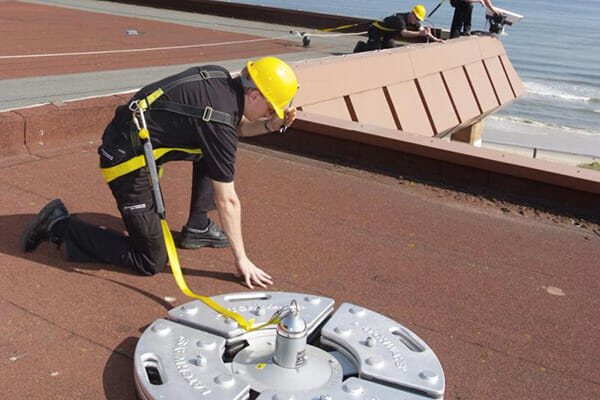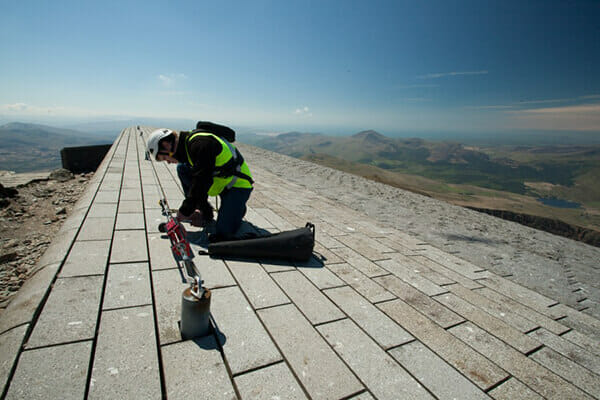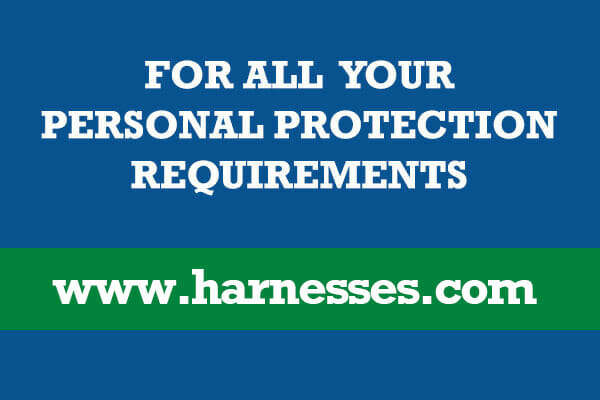Fitting Advice for Harnesses
The correct fitting and use of a harness is for use wherever there is a necessity for a person to be connected to a fall arrest or fall restraint system.
Always thoroughly inspect all PPE equipment and components before and after fitting whilst paying particular attention to the operation of buckles and connectors.
Ensure that all equipment and components used within the fall protection system are compatible. To connect the system together refer to the user instructions for each individual part and if you are ever in doubt seek advice.
Some key points:
- If the harness is to be used for fall arrest, only use with a CE approved fall arrest system
- Any karabiner or connector used must comply with EN362 (UK market) and be securely locked to prevent opening
- Only connect steel chest and dorsal attachment points to fall arrest or work positioning systems
- During use, protect all equipment from sharp or rough edges and any chemicals
- Avoid contact with hot surfaces and exposure to hot gases such as those from blow torch lamps or welding torches.
Putting on the harness
Follow these 7 steps when putting on your harness
- Locate the dorsal attachment point
- Fit harness over both shoulders
- Attach chest strap and adjust to suitable tension by pulling on the free length of webbing
- IMPORTANT. Do not over tighten the chest strap. The straps A+B should be as close to parallel as possible in order to minimise the risk of injury in the event of a fall
- Fit thigh straps – left strap to left buckle, right strap to right buckle – DO NOT CROSS
- Adjust to a suitable tension by pulling on free-length of webbing, then slide web tidy back (as indicated in the diagram A,B,C)
- When standing upright, the harness should be comfortable, without undue pressure on chest, shoulders, or pelvic area.





